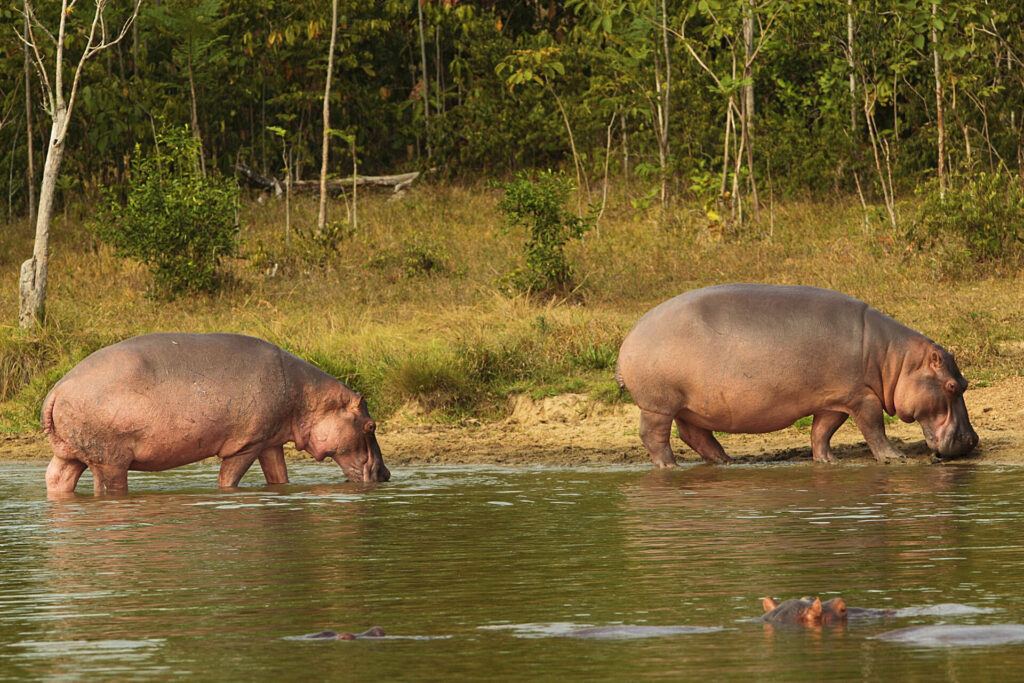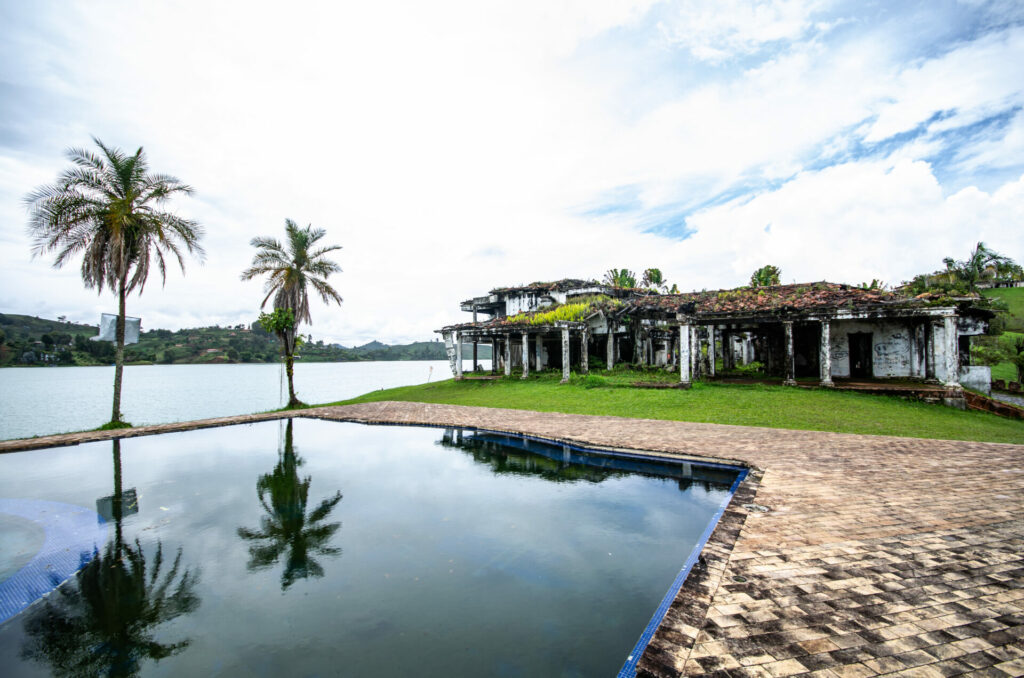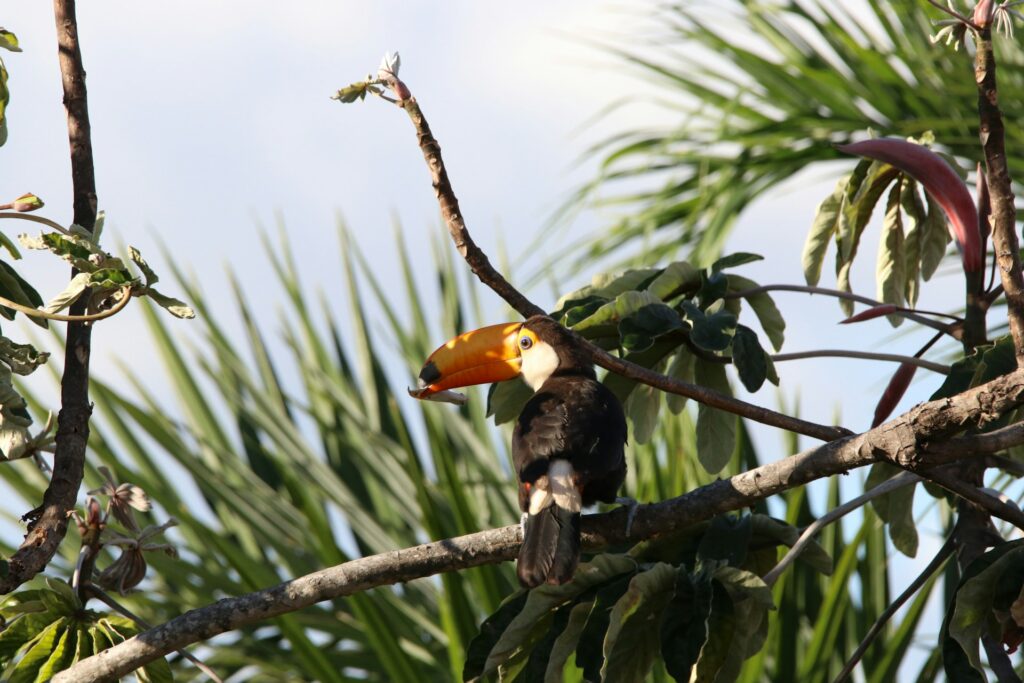Colombia plans to deport at least 70 of the so-called ‘cocaine hippos’ that live in the forest which surrounds deceased drug lord Pablo Escobar’s former ranch.
The notorious narco illegally imported hippopotamuses to his Hacienda Nápoles ranch, about 200km away from the capital Bogota, in the 1980s. When he was fatally shot in 1993, four hippos were left at the ranch before they escaped into the wild.
Authorities estimate that there are now between 130 and 160 hippos in the area, with the group having rapidly reproduced and spread, despite attempts at sterilisation, using darts fired from guns.
Last year, the Ministry of Environment included the hippos on a list of invasive species that are a potential problem for biodiversity and are having a negative impact on the habitat of native species.

A study in the journal Nature warned their numbers could balloon to 1,500 within two decades due to a lack of natural predators, favourable weather conditions and ample food and water.
‘Within a couple of decades, there could be thousands of them,’ Jonathan Shurin, an ecologist with the University of California San Diego, said.
Relocating Pablo’s Hippos
The newly proposed plan would involve sending at least 60 hippos to natural sanctuaries in Gujarat in India and another 10 to sanctuaries in Mexico.
Ecuador, Botswana, and the Philippines have also registered interest in taking some of the animals.
Authorities are also learning how to manage the remaining population, which are recognised as a future tourist attraction.
The plan is to lure the hippos into iron containers before transporting them by truck to a nearby airport, where they would be flown to their new homes. The transfer costs could amount to $1 million, according to Cornare, an environmental protection entity.
The technical term for this operation is ‘translocating’, regional governor Aníbal Gaviria explained in an interview with the Colombian outlet Blu Radio, as it would involve moving the hippos from one country that was not their native habitat to another that was also not their natural environment.
The aim was ‘to take them to countries where these institutions have the capacity to receive them, and to (home) them properly and to control their reproduction,’ Gaviria said.


Sending the hippos back to Africa risked doing more harm than good, for both the hippos and the local ecosystem, María Ángela Echeverry-Galvis, professor of Biology at Bogota’s Javeriana University, explained.
‘Every time we move animals or plants from one place to the other, we also move their pathogens, their bacteria and their viruses. And we could be bringing new diseases to Africa, not just for the hippos that are out there in the wild, but new diseases for the entire African ecosystem that hasn’t evolved with that type of disease,’ she said.
Hippos as Invasive Species
Colombia last year declared the animals, which are also sometimes referred to as ‘Pablo’s hippos’ to be an invasive species that could displace some native forest inhabitants.
Studies have thrown a light on the negative effects hippo waste can have on oxygen levels in local waterways, which can affect fish and therefore humans.
A 2020 paper found lakes where hippos were present had more cyanobacteria, which are associated with toxic algae. These blooms can reduce water quality and cause mass fish deaths, affecting local fishing communities.
Aside from reducing the number of hippos in Colombia, authorities are hoping to learn how to manage the remaining population, which could number up to 60 and become a potential tourist attraction.
As well as the hippos, at one time Escobar’s estate included a Spanish colonial house, a sculpture park, and a complete zoo also containing antelopes, elephants, exotic birds, giraffes, ostriches, and ponies.
The ranch also boasted a large collection of old and luxury cars and bikes, a private airport, a football pitch and even a Formula 1-racing track.
For more stories on animal welfare visit our NATURAL WORLD section














